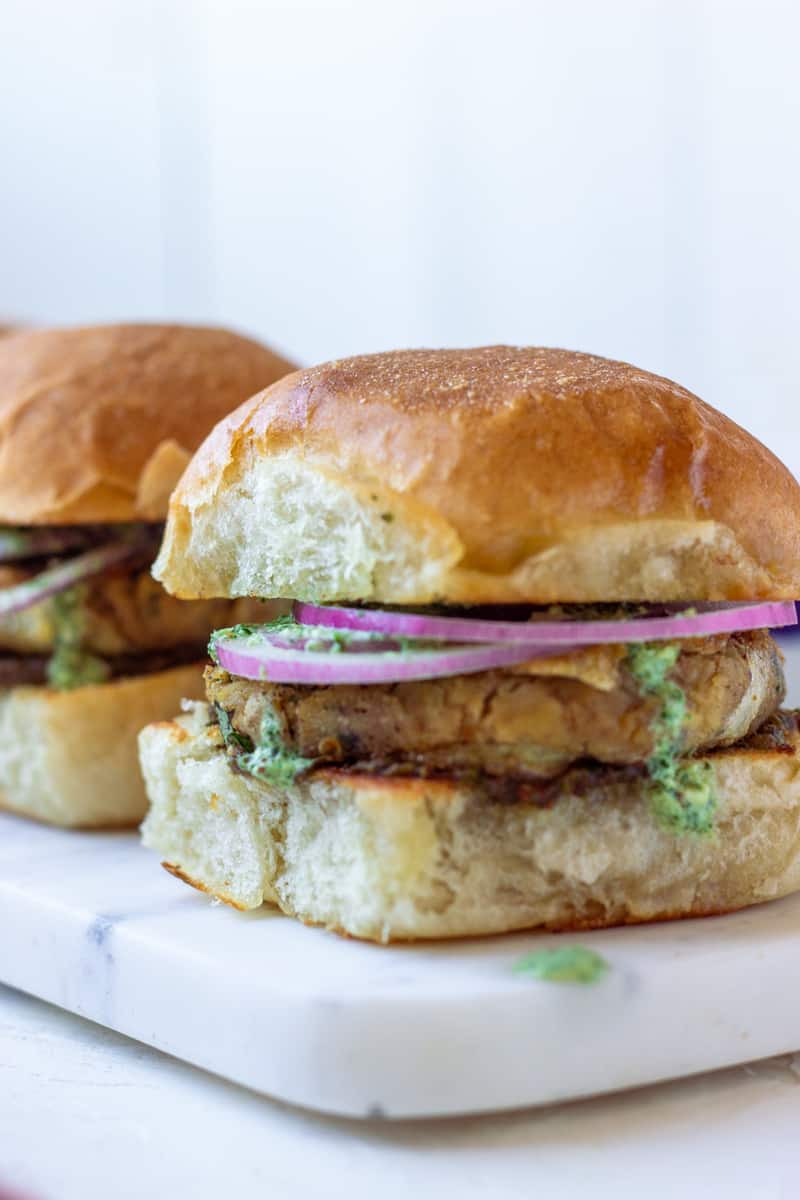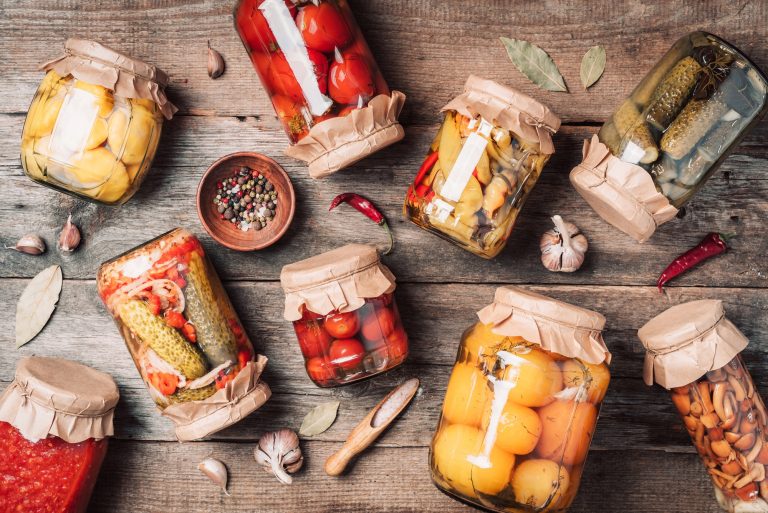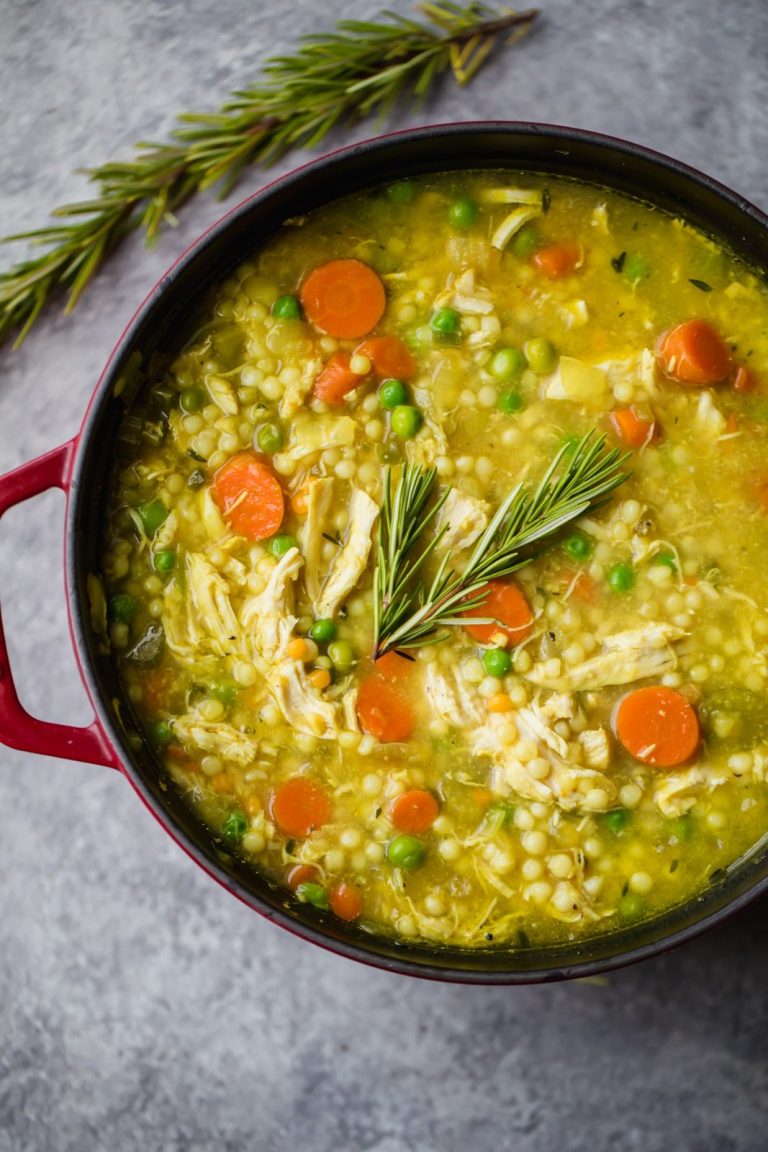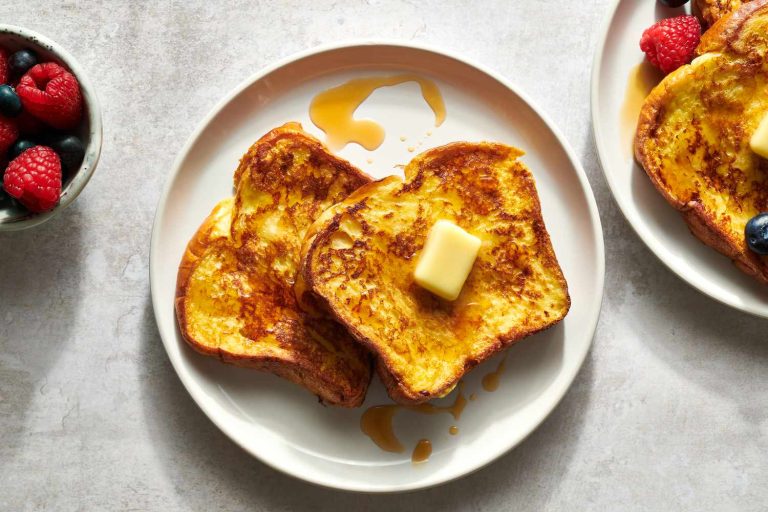Shami Kabab Bun Kabab: Origins, Recipes, and Nutritional Benefits Explored
Shami Kabab Bun Kabab has deep roots in South Asian cuisine. Originating from the Indian subcontinent, Shami Kababs date back centuries. Historical records show that the Mughal emperors enjoyed these spiced meat patties, which combined ground meat with lentils and a blend of spices. These recipes often featured regional ingredients, making variations across different regions. The addition of a bun came later, influenced by Western cuisine, creating an easy-to-eat option. This fusion underscored the evolving nature of culinary traditions in the region.
How It Became a Street Food Staple
Shami Kabab Bun Kabab became a street food staple in Pakistan over the last few decades. Vendors began selling these at roadside stalls, drawing crowds with their unique flavors and convenient format. The combination of soft buns and savory kababs quickly became a favorite snack, suited for busy urban lifestyles. Street vendors played a crucial role in popularizing this dish, making it accessible and affordable for everyone. Today, you can find Shami Kabab Bun Kabab in food markets, bustling streets, and even trendy restaurants, cementing its place as a beloved street food.
Key Ingredients and Preparation
The Unique Blend Of Spices
Shami Kabab Bun Kabab owes much of its distinct flavor to a unique blend of spices. Common spices include cumin, coriander, and garam masala. These ingredients infuse the patties with depth and aroma. You’ll also find ginger, garlic, and green chilies enhancing the overall taste. To achieve the authentic flavor, freshly grind the spices, ensuring they retain their potency.
The Role Of Lentils And Meat
Lentils and meat form the core of Shami Kabab. The lentils, typically chana dal, are pressure-cooked until soft and then blended with minced meat like beef or chicken. This combination results in a smooth, cohesive texture. You’ll mix the meat and lentils with spices and chopped onions, shaping them into patties. Shallow fry these patties until they’re golden brown, ensuring they are cooked through while maintaining their juicy interior.
Cooking Techniques for Shami Kabab Bun Kabab
The Process of Making Shami Kabab
Begin by pressure-cooking split chickpeas (chana dal) with minced meat (beef or chicken), green chilies, garlic, ginger, and water. Cook for about 20-25 minutes until the lentils and meat are tender. Next, drain excess water to prevent a mushy texture.
Transfer the mixture to a food processor. Add ground spices like cumin, coriander, garam masala, and salt. Blend until a fine, cohesive paste forms. Mix finely chopped onions, cilantro, and green chilies by hand for added texture. Shape the mixture into round, flat patties about 2-3 inches in diameter.
Heat a small amount of oil in a frying pan for shallow frying. Cook the patties over medium heat for 3-4 minutes on each side until golden brown and crispy. Avoid overcrowding the pan to ensure even cooking.
Tips for Assembling the Perfect Bun Kabab
Select fresh, soft buns that complement the kababs without overpowering them. Lightly toast the buns on a skillet to add a layer of crispiness. Spread mint chutney on the inner sides for a tangy flavor.
Place a hot Shami Kabab in the bun. Add sliced onions, tomatoes, and cucumbers for crunch and freshness. Drizzle tamarind sauce for a sweet-sour contrast. Lightly press the bun to allow the ingredients to meld together.
Serve the Bun Kabab immediately with side condiments like raita, pickles, or extra chutney. For an enhanced experience, pair the dish with spicy potato fries or a chilled yogurt drink.
Regional Variations of Bun Kabab
Differences Across Various South Asian Regions
Different regions in South Asia offer distinct variations of Bun Kabab, each with unique flavors and ingredients. In Pakistan, especially in Karachi and Lahore, you often find Bun Kababs made with spicy Shami Kababs, topped with chutney and onions.
In India, Bun Kababs sometimes feature a spicier version of the Shami Kabab, often incorporating additional ingredients like green chilies and lemon juice. Street vendors in Mumbai and Delhi serve them with a variety of accompaniments such as tamarind sauce and mint chutney.
In Bangladesh, Bun Kababs usually come with a slightly milder, yet tangy, taste. Vendors incorporate local spices like mustard seeds and a bit of mustard oil in their recipes. These Bun Kababs often include a layer of fresh salad with cucumbers and tomatoes.
Popular Accompaniments and Condiments
Popular accompaniments and condiments enhance the flavor of Bun Kababs. Mint chutney, made from mint leaves, yogurt, and green chilies, adds a fresh and spicy kick. Tamarind sauce, with its tangy sweetness, balances the bold flavors of the kabab.
Pickled vegetables such as onions, carrots, and cucumbers add a crunchy texture and a tangy flavor. Raita, a mixture of yogurt, cucumber, and spices, provides a cooling effect that complements the spiciness of the kabab.
Vendors also offer green chutney, a blend of mint, coriander, and lemon juice. This condiment pairs perfectly with the rich and savory meat and bun combination.
Health Considerations and Nutritional Value
Caloric Content and Health Benefits
Shami Kabab Bun Kabab offers a rich blend of nutrients and calories. On average, one serving contains around 300-400 calories, largely depending on the size and ingredients used. Protein from ground meat (usually beef or chicken) supports muscle repair and growth. Essential vitamins and minerals include iron, B vitamins, and zinc.
Whole spices like cumin, coriander, and garam masala provide antioxidants that promote overall health. Turmeric, often used in the kababs, contains curcumin known for its anti-inflammatory properties. Opt for whole wheat buns to increase fiber intake, aiding digestion and promoting satiety.
Suitable Dietary Substitutions
Dietary restrictions don’t mean missing out on Shami Kabab Bun Kabab. For vegetarian options, substitutes like lentils, chickpeas, or textured vegetable protein can replicate the meaty texture. Ensure spices and condiments remain consistent to maintain flavor authenticity.
Use lettuce wraps or gluten-free buns for those with gluten intolerance, while those monitoring their fat intake can grill or bake the kababs instead of frying them to reduce oil content. Choose dairy-free raita made from coconut or almond yogurt for lactose-intolerant individuals.
Tables, lists, and numeric values optimize nutritional understanding while ensuring dietary alterations accommodate health needs without sacrificing taste.
Conclusion
Shami Kabab Bun Kabab isn’t just a culinary delight; it’s a testament to rich cultural heritage and evolving tastes. By understanding its origins and appreciating the meticulous blend of spices and ingredients, you can truly savor its unique flavor. Whether you’re a street food enthusiast or someone mindful of nutritional content, this dish offers something for everyone. With thoughtful substitutions, you can enjoy Shami Kabab Bun Kabab while adhering to your dietary preferences. Embrace the authentic taste and make it a part of your culinary repertoire, ensuring each bite is as delightful as the history it represents.






